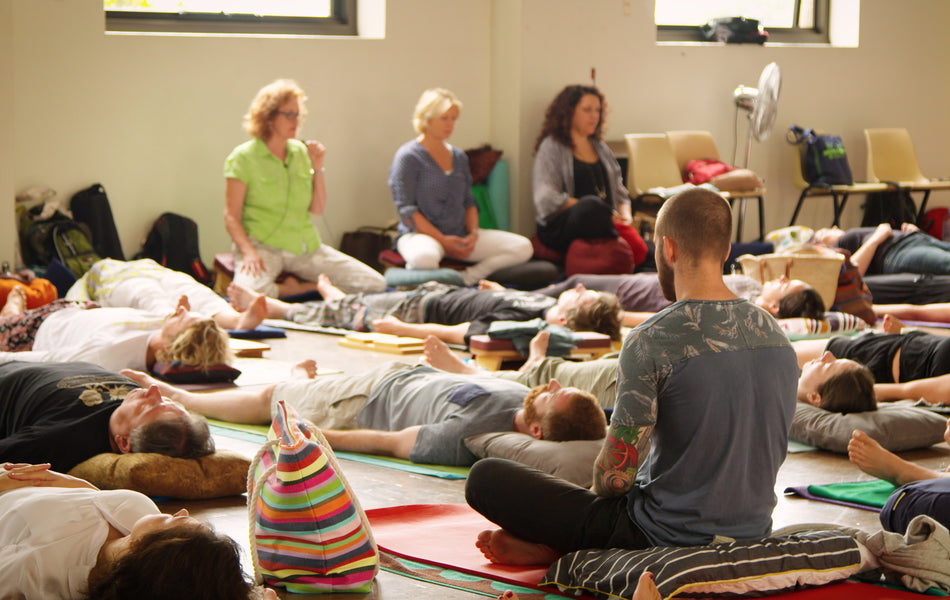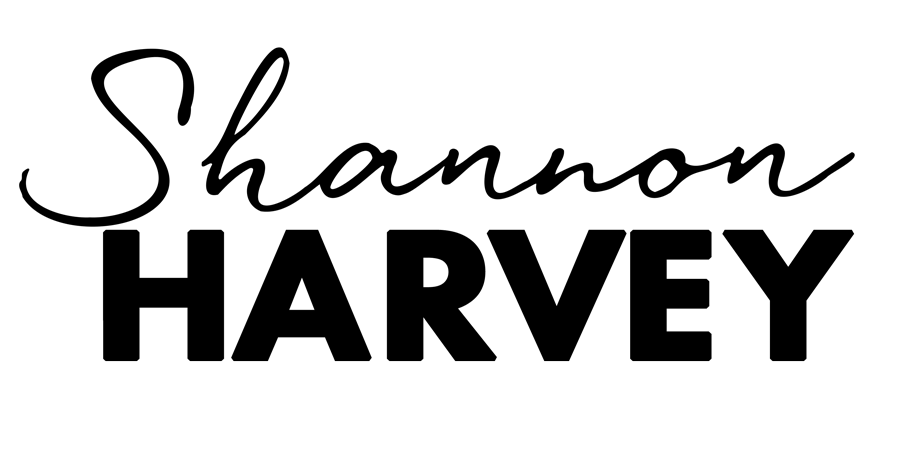
On a stinking hot summer Sydney afternoon I lay in a room with 15 other people, eyes closed, attempting to focus on the present by paying attention to my sensations, thoughts, emotions, and breath. The person next to me was snoring peacefully but I was far from feeling blissed out and “one with the moment.” I was feeling hot, fidgety and frustrated and I kept thinking, “Shit, I’m supposed to endure this every day, for the next eight weeks. Why didn’t I sign up to a cooking class instead?”
Far from developing my culinary expertise, I had in fact signed up for Mindfulness Based Stress Reduction (MBSR) – the world-famous, eight-week mindfulness course which is favoured by scientists who are interested in studying the effects of meditation on our health and happiness. The program was originally developed by Jon Kabat-Zinn in 1979 to offer hope to chronically ill people for whom conventional medicine had done all it could. In the last three years alone, hundreds of scientific studies showing its benefits have been published. The appeal for scientists is that MBSR is a structured course that can be reasonably reliably replicated. The appeal for participants is that its very title offers something most of us in this crazy-busy-overburdened world are craving; stress reduction.
On the first day I was struck by such an unlikely gathering of people. There was the 19-year-old motorcycle enthusiast with striking tattoos, a mother of two young kids mid-way through her second round of breast cancer treatment, a Catholic nun with a purple steak in her hair, and a stunningly beautiful Russian woman coming to terms with modern medicine’s inability to cure her chronic pain – just to name a few.
I had signed up for two reasons. The first was desperation. Six months ago, after the return of my insomnia and some troubling early warning signs that my autoimmune disease would flare, I knew I needed to do something to get my chronic stress levels back under control. Having successfully used meditation in the past, I felt the solution was to get back into a daily practice. But as a full-time journalist and mother of young kids, time to meditate was not something I had in abundance. So I came up with the solution of making meditation my job. I enlisted the help of a team of scientists to track everything from my brain changes to my immune function and DNA, and committed to meditating every day for a year, all the while, making a film about the project.
In the three months prior to the start of the MBSR course, I’d been meditating daily for 20 minutes and using the meditation app developed by fellow journalist Dan Harris called 10% Happier. The daily video lessons and my 20 minute practice was already making a difference. I’d stopped my anxiety-driven fingernail biting habit and my insomnia had disappeared. But despite these promising changes, I was struggling with my motivation. Meditation is a lonely practice and (as I wrote in my piece This Is What Happened When I Started Meditating Again) in my experience, it’s rarely pleasant. I also had many questions and needed guidance from a real person.
The second reason I’d signed up was curiosity. In my capacity as a health journalist who writes and makes films about the scientific evidence showing a connection between our mind, body and health, I’ve read about MBSR extensively, met Jon Kabat-Zinn a number of times, and interviewed many of the scientists studying its effects, but I’d never actually done the program myself. I wanted to know exactly what was in the secret sauce.
For me and my meditating compatriots, signing up meant we had committed to show up for 2.5 hours every Sunday afternoon, to sitting for 45 minutes in formal meditation practice each day, as well as doing other informal mindfulness practices in our everyday lives, such as paying attention while eating a meal instead of mindlessly scrolling our social media feeds. There would also be a day-long retreat held in full silence with nothing to distract us from our unpleasant thoughts. (Gulp.)
It’s this multiplicity of practices in the program that makes drilling down to find the key ingredient so difficult. Strung-out, over-stressed participants of MBSR report everything from improvement in relationships, to greater stress resilience, relief from anxiety, depression, and chronic pain and even improvement in cancer biomarkers. But what induces these seemingly miraculous effects? Is it the meditation practice? Is it the everyday mindfulness that forces them to slow down? Is the gentle hatha yoga? Is it the psychotherapy that is delivered by a highly skilled and emotionally intelligent teacher? Or is it simply the very fact that each week people increasingly feel connected with others going through similar things?
I’m not the only one wanting to find out whether mindfulness and meditation are the key active ingredients in MBSR. Neuroscientist Richard Davidson and his team at the Centre for Investigating Healthy Minds at the University of Wisconsin developed a program they called the Health Enhancement Program (HEP) which was designed to be the same as MBSR in every way except for the mindfulness component. HEP included nutritional education, physical activity, and music therapy. HEP was also delivered in a group format, by enthusiastic trainers, and there were homework practices just like in MBSR. The below chart shows how meticulously the scientists matched HEP with MBSR in all aspects except for the mindfulness education and meditation. (I note that during the all-day component of the HEP program the participants attended a “Spa Day” instead of sitting in silence for seven hours noticing their monkey mind. I can tell you from experience which of the two I’d rather do.)

The end results from studies that compare HEP and MBSR are fascinating. In one study Davidson’s group randomly assigned people to either HEP or MBSR and had them fill out questionaries before and after. Both programs were rated favourably by participants, had similar drop-out rates, attendance, and homework completion. And the results showed that both groups reported improvement in well-being, satisfaction with life, stress, and negative emotions.
In fact, here are some of the comments from people who partipcated in the HEP program:
“The program changed my life. I’ve lost 35 pounds since I started the program… People notice I’ve lost 35 lbs and ask me how I do it. It’s a huge secret: diet and exercise…The teachers were really cool, and made you feel really comfortable.”
“When I was going through the program, we were dealing with some incredible family stress, but I kept walking and it got me through a very difficult time in my life and the group did, we did some real bonding and I can’t tell you how wonderful those folks were.”
“It helped my blood pressure go down and I definitely think it helps with releasing stress. I had a lot of fun. I liked meeting once a week with the people…Ultimately, I was very glad I got into the exercise class instead of the mindfulness class”
More interesting was that when the researchers used a mindfulness questionnaire that was specifically developed to measure mindfulness, they found absolutely no difference in the level of improvement from MBSR or HEP. In other words, regardless of whether people did a program that included formal meditation, they reported feeling better and more mindful afterwards. Having spoken to a number mindfulness experts, I’ve been told that it’s likely those in the HEP program were actually getting inadvertent mindfulness training though the music therapy, imagery and drawing component of the program, which may go towards explaining this result.
Nevertheless, the results from Davidson’s study were crucial for the future of meditation research because they underscored what we all already know to be true – that it’s highly likely any health program, provided that it is medically sound, credible and delivered by experts, will be good for us, regardless of whether or not there’s a component of formal mindfulness. It also hailed an important discussion about the need for high-quality MBSR research and higher standards in mindfulness research more broadly.
But having said that and before we conclude that meditation is therefore a waste of time, lets consider another key finding from the MBSR vs HEP study. Those who were taught meditation in MBSR reported feeling significantly less pain than those doing the HEP. This is interesting in light of the fact that evidence suggests that MBSR results in improvements in pain symptoms across a wide spectrum of pain-related disorders, including fibromyalgia, back pain, migraine, chronic pelvic pain, among others. Considering Jon Kabat-Zinn told me he originally developed MBSR to help people who were slipping through the cracks of the medical system, these results take on some meaning. Now, in an age where an opioid addiction epidemic is sweeping through the working-class, an evidence-backed, non-pharmacological solution to pain is no small thing. "I would say that nowadays, it's no longer cracks. It's like chasms. People are falling through the chasms of the healthcare system," Kabat-Zinn told me.
Scientists are now starting to uncover the biological pathways that may explain these findings and suspect that the way MBSR teaches us to observe situations and thoughts in a nonjudgmental, non-reactive, and accepting manner has something to do with it. It’s great to see that other researchers are also working on new methods to try and identify the active ingredients in mindfulness programs so we can drill down and understand meditation in all its complex glory.
As for the experiences of my own MBSR group, we were a motley crew consisting of musicians, artists, technicians, nurses, lawyers, chefs, social workers, start-up entrepreneurs, and me. We had all turned to MBSR for different reasons – for grief, for depression, for addiction, for post traumatic stress, for chronic pain, for uncertain futures, for financial hardship, and for difficult relationships. But despite all our diversity, we were all unified by our hope to find a better way to cope with the stress in our lives. What I witnessed and experienced was nothing short of remarkable transformations, profound healing and a new way of being lighter in this always busy, sometimes frantic, often hectic, world of ours.
One month on from the program’s conclusion, I’m still meditating daily for 45 minutes, I’ve made some wonderful and unlikely new friends, and I’ve started an additional documentary project which specifically explores the magic I witnessed unfold throughout the program. But I am no closer to working out what changed us; whether it was the skilled instruction, guidance and wisdom of our teacher Timothea Goddard, whether it was the power of social support and social contagion that comes by witnessing the metamorphosis of others, whether it was the profound beginnings of a new understanding to the way my mind works, or the cross-contamination that my mindfulness training seems to have in my work and relationships with others.
I went into the program wanting to work out what “it” is about MBSR that results in all the compelling scientific data. I wanted to put my finger on the key ingredient and share it with all who would listen. But what I’ve concluded is that just like any good recipe, there’s not one single ingredient. It’s when they all combine in the pot together and simmer away for eight-weeks that is the real secret in the sauce.







 My Year of Living Mindfully (DVD)
My Year of Living Mindfully (DVD) The Connection (DOWNLOAD-TO-OWN)
The Connection (DOWNLOAD-TO-OWN) My Year Of Living Mindfully - Book
My Year Of Living Mindfully - Book




